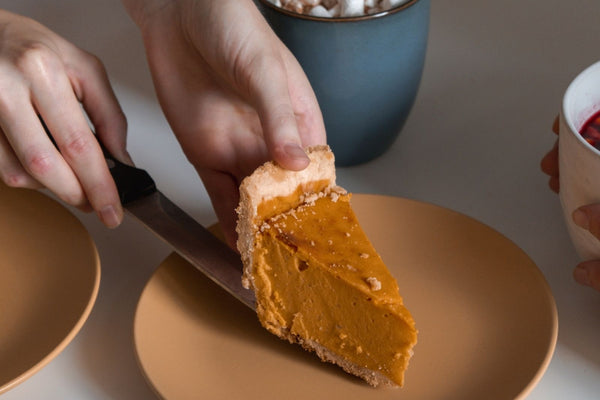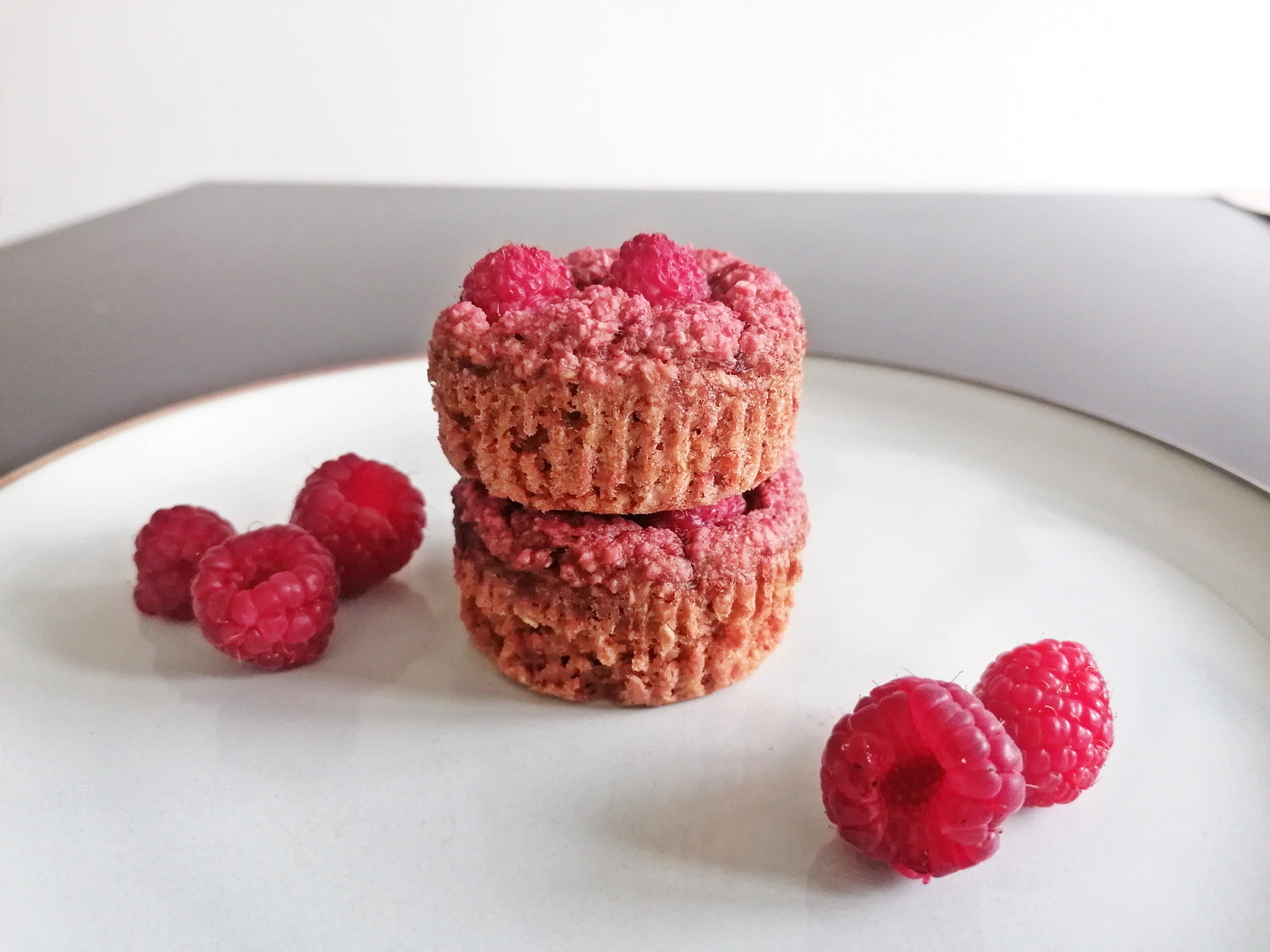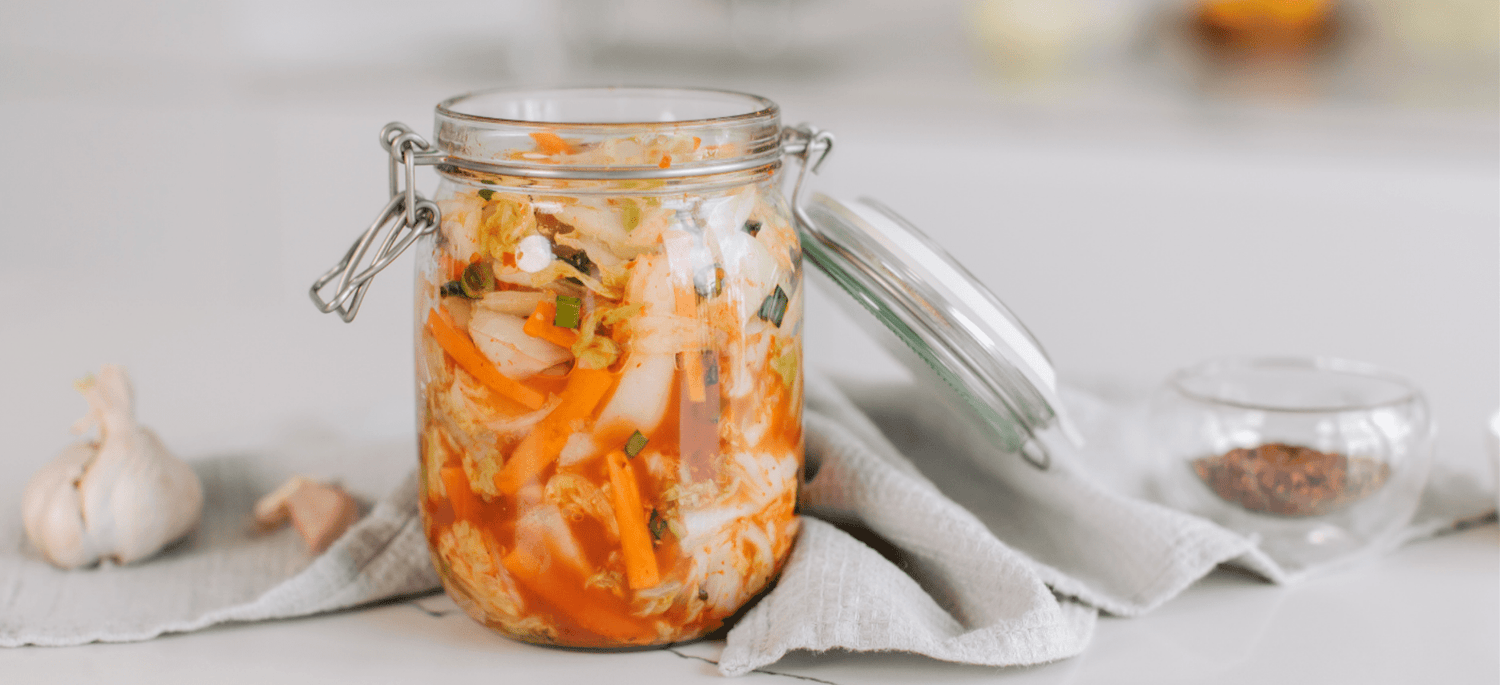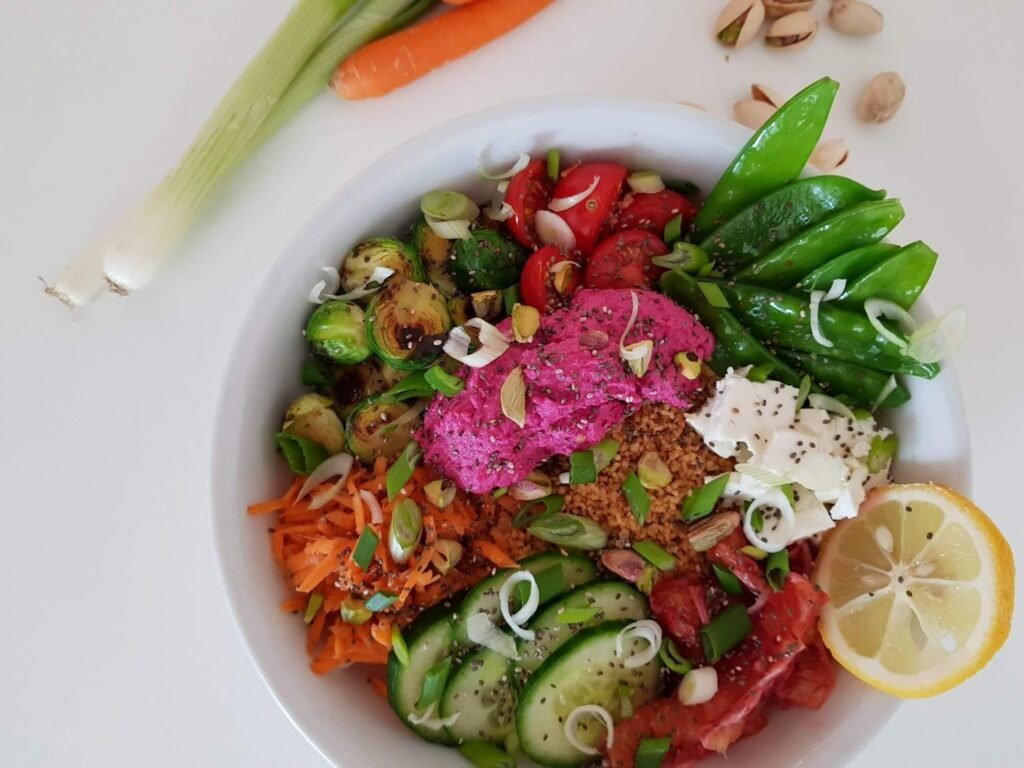It's fall and that means pumpkin season. And of course a piece of pumpkin pie is a must. We have a delicious recipe for you and it doesn't contain any refined sugar. We love this pumpkin cake because it is at least somewhat healthy, 100% plant-based, gluten-free and easy to prepare. So off to the kitchen, we'll explain step by step how you're sure to make the cake!
Which pumpkins are suitable for pumpkin pie? We chose the small Hokkaido, which can simply be eaten with the peel on and has a natural sweetness.
Vegan pumpkin cake – the ingredients
First of all: For the pumpkin cake we need pumpkin puree. And it's very easy: you cut the Hakkaido pumpkin into slices and place them on a baking tray lined with baking paper. Then let the pumpkin bake for about 30 minutes. As soon as the pumpkin is cooked, you can puree it in the blender or with a hand blender. Alternatively, you can also use ready-made pumpkin puree from a jar.
Pumpkin pie (pumpkin pie) vegan and gluten-free
Pumpkin pie filling:
- 400g pumpkin puree (see instructions above)
- 200 ml coconut milk
- 100g coconut blossom sugar
- 50g maple syrup
- 25g corn starch
- 2 teaspoons pumpkin spice or cinnamon
- vanilla extract
- 1 pinch of salt
Cake base:
- 160g gluten-free flour mix
- 60g ground almonds
- 2 flaxseed eggs (mix 2 tablespoons of flaxseed flour with 6 tablespoons of water)
- 30g soft coconut oil
- 20g coconut blossom sugar
- 1 pinch of salt
Instructions: How to make a vegan pumpkin pie?
Cake base:
1. Mix the 2 flaxseed eggs: Mix 2 tablespoons of ground flaxseed in a small bowl with 60ml water and let it swell for about 5 minutes.
2. Mix all dry ingredients in a bowl and then stir in all wet ingredients.
3. Now press the dough into a 20-25 cm round cake pan and try to pull the edge up about 5 cm. Then put the mold in the fridge and preheat the oven to 180 degrees.
Pumpkin pie filling:
1. Blend all filling ingredients together in a blender until smooth.
2. Pour the mixture into the baked cake base and smooth everything out.
3. Now bake the cake in the oven for about 50 minutes. Then turn off the oven and leave the cake in the oven for another 5 minutes. Now let the cake cool down at room temperature.
4. Once the cake has cooled, it is best to put it in the fridge overnight or at least for a few hours. This way the cake can firm up nicely.
5. Serve your pumpkin pie, enjoy your meal!
 Pumpkin cake tastes delicious and is not that unhealthy
Pumpkin cake tastes delicious and is not that unhealthy
If you bake the recipe, please share it on your social media account and link us @mybioma so that we can report on your work of art.
By the way, you can find the original recipe here elavagan . You can also find other incredibly delicious and gluten-free recipes there!
The benefits of the ingredients for your intestinal microbiome
Almonds: The flavonoid proanthocyanidin contained in almonds can stimulate fat cells to secrete insulin and thus lower blood sugar levels. In addition, almonds contain antioxidants that can bind free radicals and at the same time support metabolism. In addition, they minimize the risk of irritation of the digestive tract. In addition, almonds contain a lot of vitamin E and fiber.
Linseed: Flaxseeds have a high proportion of omega-3 fatty acids and fiber. They can have a laxative effect and are often used to treat mild to moderate constipation. In addition, flaxseeds contain alpha-linolenic acid, which has a positive effect on cholesterol levels and normalizes them.
Cinnamon: Cinnamon is beneficial for good bacteria and hinders the bad ones. Cinnamon contains many antioxidants that can bind free radicals and support your metabolism at the same time. The flavonoid proanthocyanidin contained in cinnamon can stimulate fat cells to secrete insulin and thus lower your blood sugar levels. Cinnamon can also help support digestion and minimize the risk of irritation to the digestive tract.
Pumpkin : Contains β-cryptoxanthin which supports intracellular communication and lots of useful fiber.
You can find more delicious and gut-friendly recipes on our blog. Try it with: Baked sweet potatoes with chickpeas and tahini yogurt .
Note:
This article is intended for informational purposes only and should not be construed as medical information or instructions. The recipes are intended for inspiration and are not intended as therapeutic measures. If you have any health problems, we recommend that you contact a doctor or other expert immediately.






